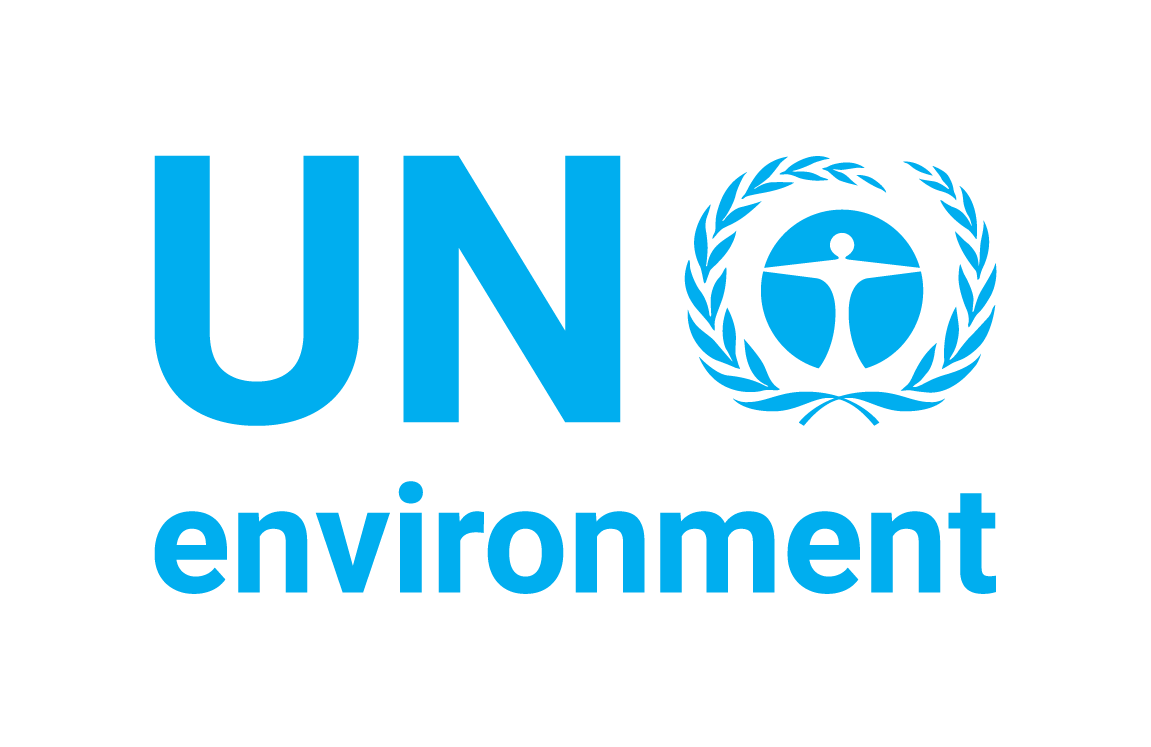
" style="float: right; margin: 0px 0px 15px 15px; width: 250px;">
Starting district cooling in existing cities and developments
District cooling is a system in which chilled water (typically at 4 to 7 degree Celsius) is distributed in pipes (usually underground) from a central cooling plant to several buildings for space cooling and process cooling. By replacing individual cooling systems in each building, the district cooling system can deliver economies of scale in terms of capital, energy and maintenance costs.
This Solution supports local governments in planning for and implementing district cooling networks in existing developments where circumstances such as high cooling demand, mixed-use and existence of buildings with central water-based cooling systems that are reaching the end of their useful life may render it viable.
The local governments’ roles to advance district energy systems within their jurisdiction include: acting as role model by contributing to the demonstration of the viability of district energy, policy, planning, regulation, stakeholder engagement and coordination for systems-integration across urban utilities and for matchmaking between waste heat supply and demand.
HOFOR District Cooling – the district cooling system in the City of Copenhagen is supplied by free cooling from the sea






